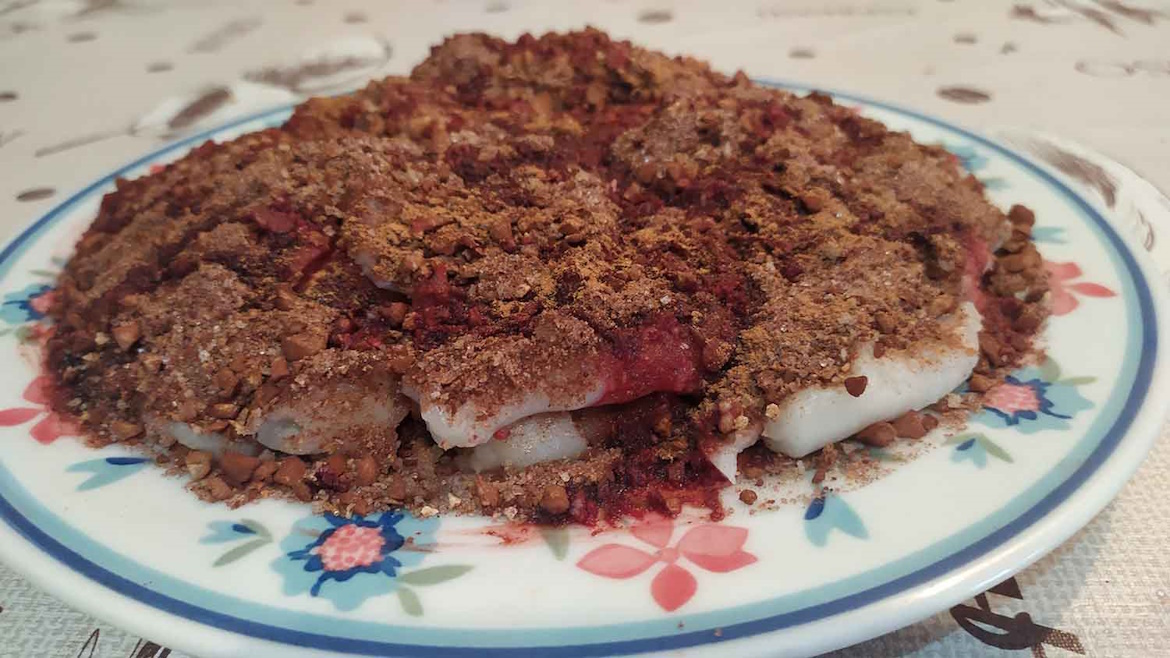Despite the fact that sweet macaroni are part of Umbria’s Christmas culinary tradition, to tell the story of this dish one could quote Alberto Sordi who, while eating what is actually spaghetti in “An American in Rome”, begins with one of his most famous phrases: maccarone, tu m'hai provocato e io me te magno! (Macaroni, you provoked me so now I’m going to eat you!).
And who knows if the good Alberto Sordi would have been able to answer an age-old question that haunts us Umbrians: at Christmas, do you make gnocchi or sweet macaroni? We can find the answer by retracing the history of this dish.
The term “macaroni” derives in fact from the term makarìa, which generically indicates a mixture of water and flour: these two ingredients can be mixed together, creating “macaroni”, i.e. pasta in the broadest sense of the term, or they can be used for a preparation of a consistency similar to polenta, which is obtained by cooking flour in boiling water, with which rudimentary gnocchi are then made.
The answer is soon given: both macaroni and gnocchi are made in Umbria. The former are more common, although it is very likely that they are the oldest gnocchi! Suffice it to say that even the Etruscans had macco, a kind of polenta made of cereals or pulses, on their menu, which resembles this version.
Once again, a bit like other desserts, macaroni or gnocchi, as they are called, seem to remind us how ancient the traditional Umbrian Christmas dishes are.
For the topping, combine the walnuts, breadcrumbs, sugar, cinnamon and cocoa and mix well.
For the macaroni, make about 100 grams of homemade pasta using only water and flour in the shape you prefer (irregular shapes or tagliatelle, spaghettoni, etc.). Cook the pasta very well, then drain and season.
Do not throw away the cooking water as, if the preparation turns out too dry, you can add a few tablespoons of the pasta water.
For the gnocchi, bring the water to the boil and sprinkle in the flour until the mixture has a polenta-like consistency. Pour the mixture onto a marble or wooden surface after wetting it. Level the mixture until it is about half a centimetre thick and let it cool until it has set. Finally, cut the mixture into discs, lozenges, or give it the irregular shape you prefer.
Finally compose the dish by arranging a first layer of seasoning, then one of pasta or gnocchi and more seasoning, sprinkle with Alchermes, and proceed like this until you have used all of the ingredients.
Leave to season for at least 12 hours and serve cold.

























